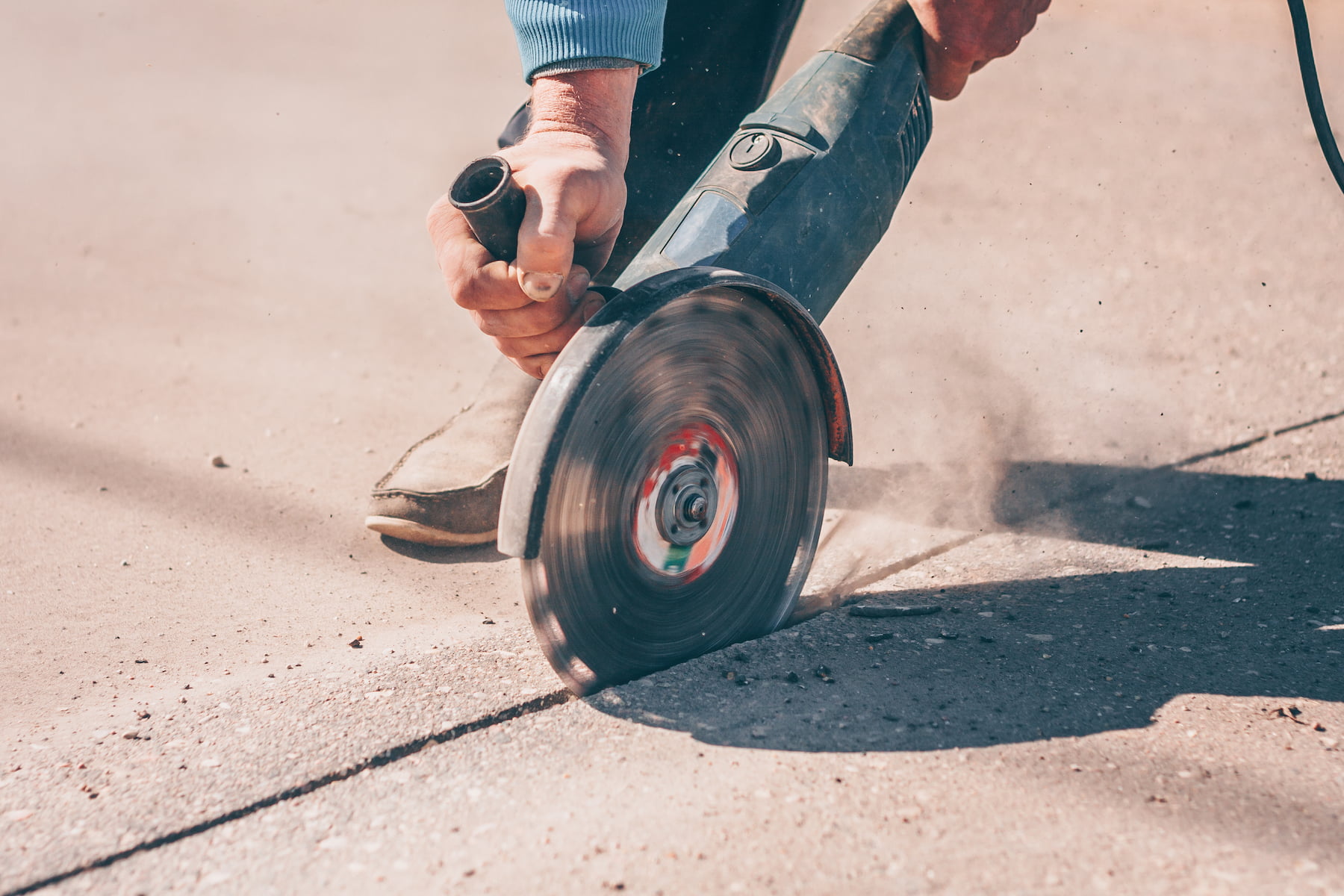What is Concrete Curing?
Concrete curing is the process of maintaining adequate moisture, temperature, and time to allow new concrete to achieve the desired strength, durability, and longevity. It’s like tending to a plant, nurturing it with care, moisture, and time.
The Building Blocks: Concrete and Water
Curing concrete isn’t a mere afterthought; it’s a meticulous process that sets the stage for a concrete project’s full strength and beauty. The magic lies in the chemical reaction known as hydration, where cement, aggregates, and water come together to create the solid foundation you need.
Water, often underestimated, plays a pivotal role in the curing process. Without the right moisture levels, your concrete could end up weak and prone to issues like shrinkage and cracking.
The Importance of Curing Concrete
Why do we need to pamper our concrete? Think of it as the secret ingredient for long-lasting concrete.
Here’s why it matters:
Strength Development: Proper curing ensures that your concrete reaches its designed strength. The longer and more diligently you cure, the stronger your concrete will be.
Crack Prevention: Concrete can act like a sponge, and just as a neglected sponge dries and cracks, so does concrete. Adequate curing maintains the right moisture levels, reducing the risk of unwanted concrete cracks.
Surface Beauty: Who doesn’t want their driveways and construction projects to look flawless? Water curing contributes to a smooth and attractive finish, warding off issues like efflorescence and scaling.
Durability: Whether you’re battling harsh weather or aggressive chemicals, well-cured concrete can stand up to the challenge. It’s the key to a long-lasting, reliable project.
Different Curing Methods
To achieve proper curing, you have a few tricks up your sleeve. Curing compounds, carefully designed for the task, can help reduce water evaporation and maintain the ideal moisture levels.
The curing process involves keeping the concrete moist, typically through methods like water spraying, wet coverings (such as burlap, plastic sheeting, and curing blankets), ponding, or the application of curing compounds. Another common method is to use fine mist from a garden hose or a sprinkler system to keep the surface of the concrete damp.
The duration of curing varies depending on factors like the concrete mix design, temperature, humidity, and the desired properties of the finished concrete. In general, curing should continue for at least 3 to 7 days after placement, although some specifications may require longer periods for specific projects.
So, How Soon Should I Water My Concrete?
Curing time can be tricky to manage. Here are some general guidelines on when and how to water after you pour concrete:
Initial curing period (The First 24 Hours):
The clock starts ticking as soon as your fresh concrete slab is in place. In hot or windy weather conditions, you should start the curing of concrete as soon as it’s finished being placed and leveled. This might mean starting within 30 minutes of pouring the concrete.
In mild to moderate weather conditions, you can typically wait 2 to 4 hours after finishing the concrete before beginning the curing process.
Frequency is important:
After the first day, keep the concrete moist for at least 3 to 7 days, adjusting the frequency as you go. Use a garden hose or sprinkler to gently moisten the surface. The goal isn’t to flood it but to keep it consistently damp.
Special Conditions:
In cold weather, preventing freezing is paramount. Insulation blankets or heated enclosures come to the rescue. In extreme heat, consider shade or windbreaks to prevent rapid moisture loss.
Conclusion
We’re your partners in success. Contract your local contractor to get their recommendations on concrete pouring and then contact us at Cascade Concrete for your sawing and drilling needs. Contact Cascade Concrete today at 253-872-7578, and let’s ensure your project reaches its full potential.



